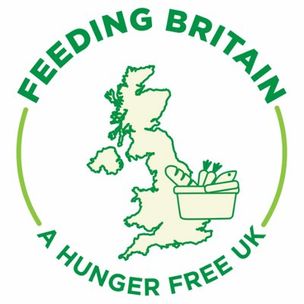Crops dropped
Number of crops dropped to a food project, regular and one-off, in 2020
Estimate: Total weight of crops dropped in the first 4 months of operation = 1,700kg, enough for one portion of fruit and veg in over 21,000 meals
Thank you to everyone in this initiative! It has been a great boost for people in our food club having fresh veg and also being able to use it in the kitchen for our café.
Naomi Cox
Weston Welcome Café and Food Club

Types of drops
Total number of crops dropped in each area and the number of one-off drops across B&NES, in 2020
158 total drops
It is fantastic to receive good quality, locally grown food. It's exciting to select something from an assortment of produce and often leads to lovely conversations with members.
Families are often thrilled to tell us how excited their child was when they brought home something interesting like a giant marrow or an unusually shaped courgette or carrot.
Megan Mehnert
BrightStart FOOD Clubs

Mapping our reach
Explore our connections made between grower and recipient in Bath, Keynsham and Somer Valley in this interactive map. Select a region from the available buttons above the map to zoom to that location. Our overall project map has been shared and viewed 3,328 times (as of 20/2/2021).
They like to see produce that has been home grown, brought in, prepared (by them) and then made into meals. They enjoy talking about meal planning with the different varieties of fruit and veg and always willing to try even though some of them are unusual and they have never seen or used or even tasted before.
Tara Howell
SWALLOW Café

Working with others
Our project has been supported by the help of others, these include:

Bath Allotment Association
From our inception, CropDrop has been supported by the Bath Allotment Association in helping us connect with its members and coordinating the distribution of bountiful produce. They have featured us in their seasonal newsletters and invited us to present our work as guest speakers at their 2020 AGM.

Feeding Britain
On invitation, we presented a roundtable discussion to the Feeding Britain network to share CropDrop’s story and effective approach for using crop abundance, contributing to local food security. We highlighted the challenges we solved and offered insight and inspiration to others looking to do similar.

Carbon Copy
"A hub that connects local communities, councils and companies who share the goal of a carbon zero future. We are a non-political, non-profit organisation. Our aim is to help more people in taking local climate action and collectively in building something better."
Attracted by our project’s achievements to date, Carbon Copy asked to share our ‘how to’ guide for those considering connecting growers and food projects in their area. Our project’s page has so far received over 50 unique page views.
Our plans for 2021
Our aims moving into the new year include:
Engage more allotments and projects and increase the number of regular connections.
Engage with schools and explore sharing tables, growing spaces and education opportunities.
Develop our operational structure and funding sources to create a sustainable operation.
